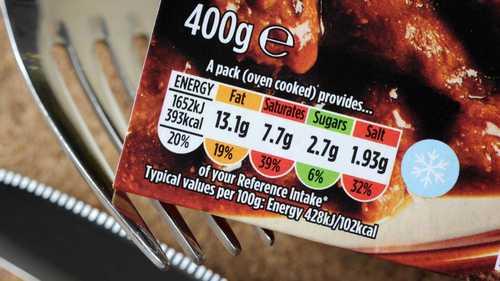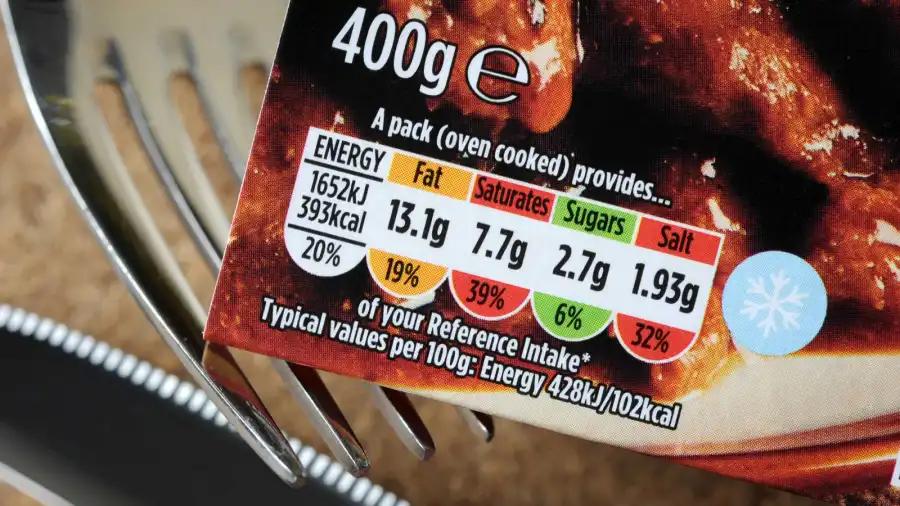How to decode a food label
Curated from: bbc.com
Ideas, facts & insights covering these topics:
6 ideas
·2.39K reads
5
Explore the World's Best Ideas
Join today and uncover 100+ curated journeys from 50+ topics. Unlock access to our mobile app with extensive features.
The need for food labelling
In the 19th Century, manufacturers added all kinds of unpleasant substances to processed food.
Milk sellers in the US once added chalk or dye to make their watered-down batches look more palatable. Other food companies added copper sulphate - a garden pesticide - to their tinned vegetables to make them look greener. Formaldehyde or borax was added to extend shelf life. In England, green sugary sweets were coloured with arsenic, and lead was added to red or yellow ones.
36
1.63K reads
Food regulations around the world
Forcing stricter labelling regulations took decades. Today, processed foods come with abundant information about their contents, although it is not always easy to understand.
Food regulations differ around the world. The UN and WHO's Codex Alimentarius provides an international set of labelling standards, but the food code is voluntary and used in different ways worldwide. Nutrition labelling is mandatory in the major economies, including the US, India, China, Japan, Australia and EU members.
33
188 reads
Understanding ingredients
The ingredients are listed from the main ingredient to the least ingredient by weight. For hazelnut spread, the first (and biggest) ingredient is sugar, then oil.
- Lower down, you'll come across "E numbers". The EU uses these shortcodes to describe additives. For example, E300 is vitamin C, E160c is paprika.
- In the US, there is no such coding. Instead, additives are described by their chemical names, such as sodium caseinate rather than E469. But it really refers to a protein derived from milk.
37
166 reads
Nutrition facts
Some nations like the UK use red, amber, and green colour codes to express how healthy a processed food is in terms of fat, saturates, sugars and salt.
For example, a processed meal might have 7.7g of saturated fat and be labelled red. It may also show a percentage like 39%. The amount is calculated using the "Reference intake", which is the maximum recommended intake amount for an adult woman who does an average amount of physical activity.
33
154 reads
Serving sizes
Serving size was another definition that may seem obvious at first but is complex to define. Until the Nutrition Facts label appeared, each manufacturer decided for themselves how big a portion was.
- The 1990 US legislation mandated that the serving size should be the amount "customarily consumed and which is expressed in a common household measure that is appropriate to the food"—but knowing what a serving size is required national surveys.
- In the end, the FDA calculated the US serving sizes by using 139 categories, which includes four types of cereal and four types of cheese.
34
101 reads
Health and nutrition claims
Health claims are regulated to avoid manufacturers over-promising.
The US uses three relevant types of claims:
- Authorised claim: The approved claim must have "significant scientific agreement."
- Qualified claim: The science is not settled. "Scientific evidence suggests..."
- Structure-function claim: These claims are vague, such as "calcium builds strong bones". They should be viewed as marketing language.
33
151 reads
IDEAS CURATED BY
Noelle H.'s ideas are part of this journey:
Learn more about health with this collection
How to overcome unwanted thoughts
How to manage intrusive thoughts
How to change your attitude towards intrusive thoughts
Related collections
Similar ideas
8 ideas
8 Health Halo Foods That Are Far From Angelic
everydayhealth.com
5 ideas
5 Most Confusing Health Halo Food Terms
health.com
4 ideas
Read & Learn
20x Faster
without
deepstash
with
deepstash
with
deepstash
Personalized microlearning
—
100+ Learning Journeys
—
Access to 200,000+ ideas
—
Access to the mobile app
—
Unlimited idea saving
—
—
Unlimited history
—
—
Unlimited listening to ideas
—
—
Downloading & offline access
—
—
Supercharge your mind with one idea per day
Enter your email and spend 1 minute every day to learn something new.
I agree to receive email updates


